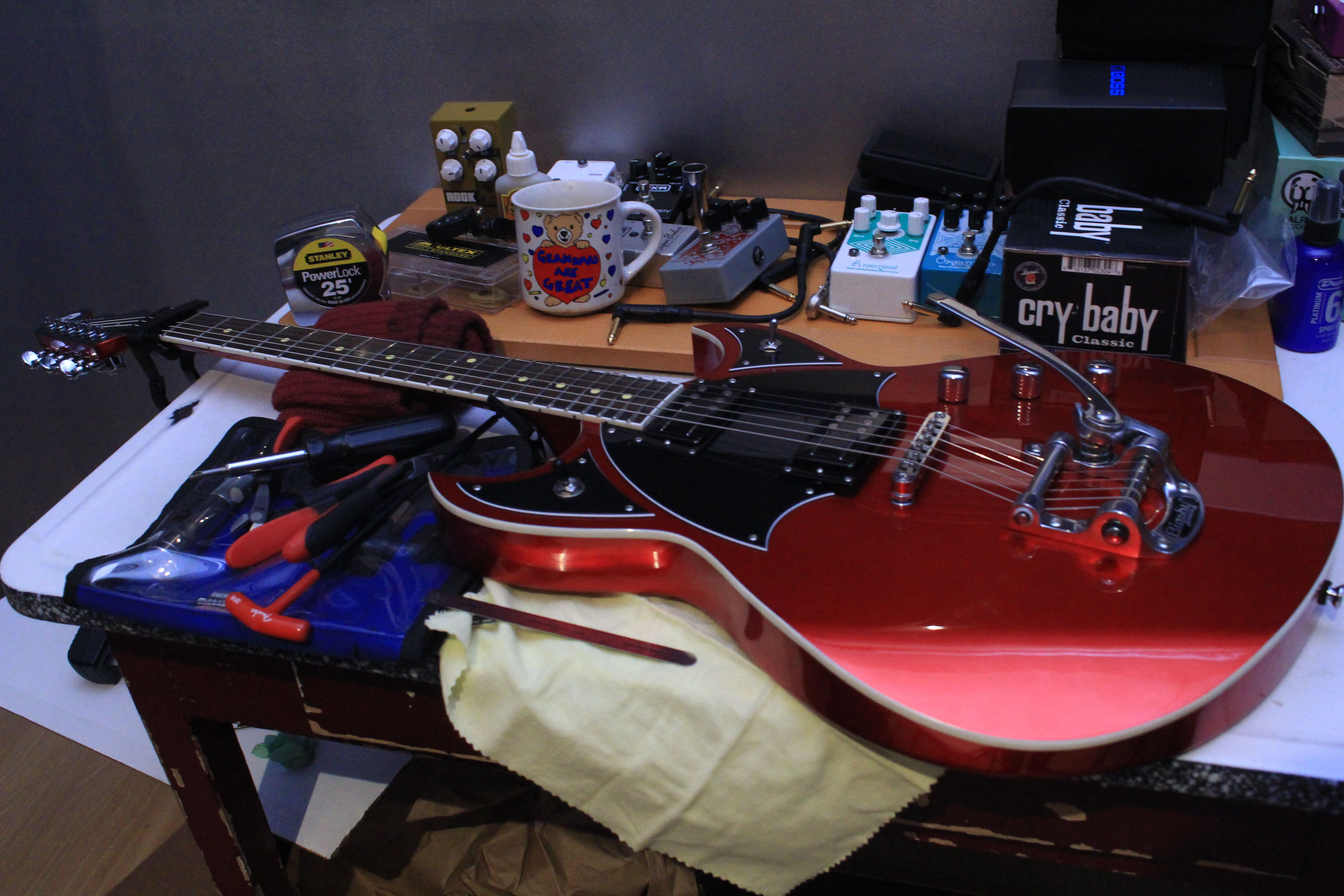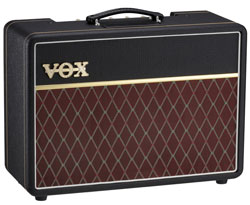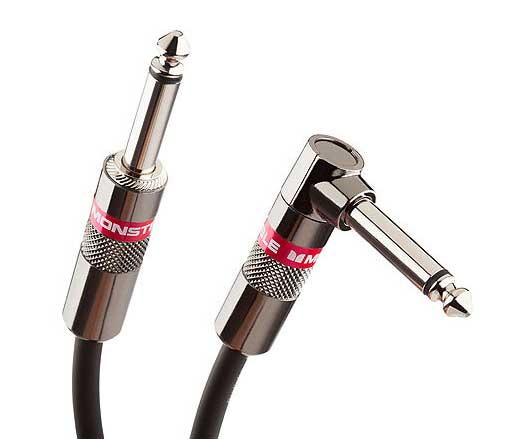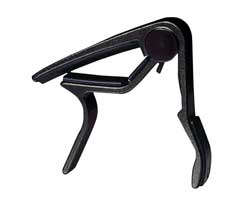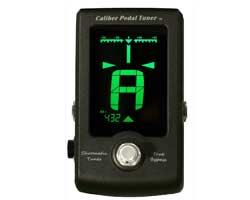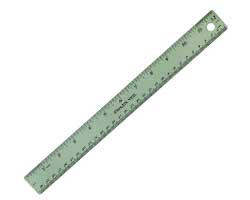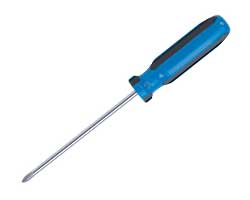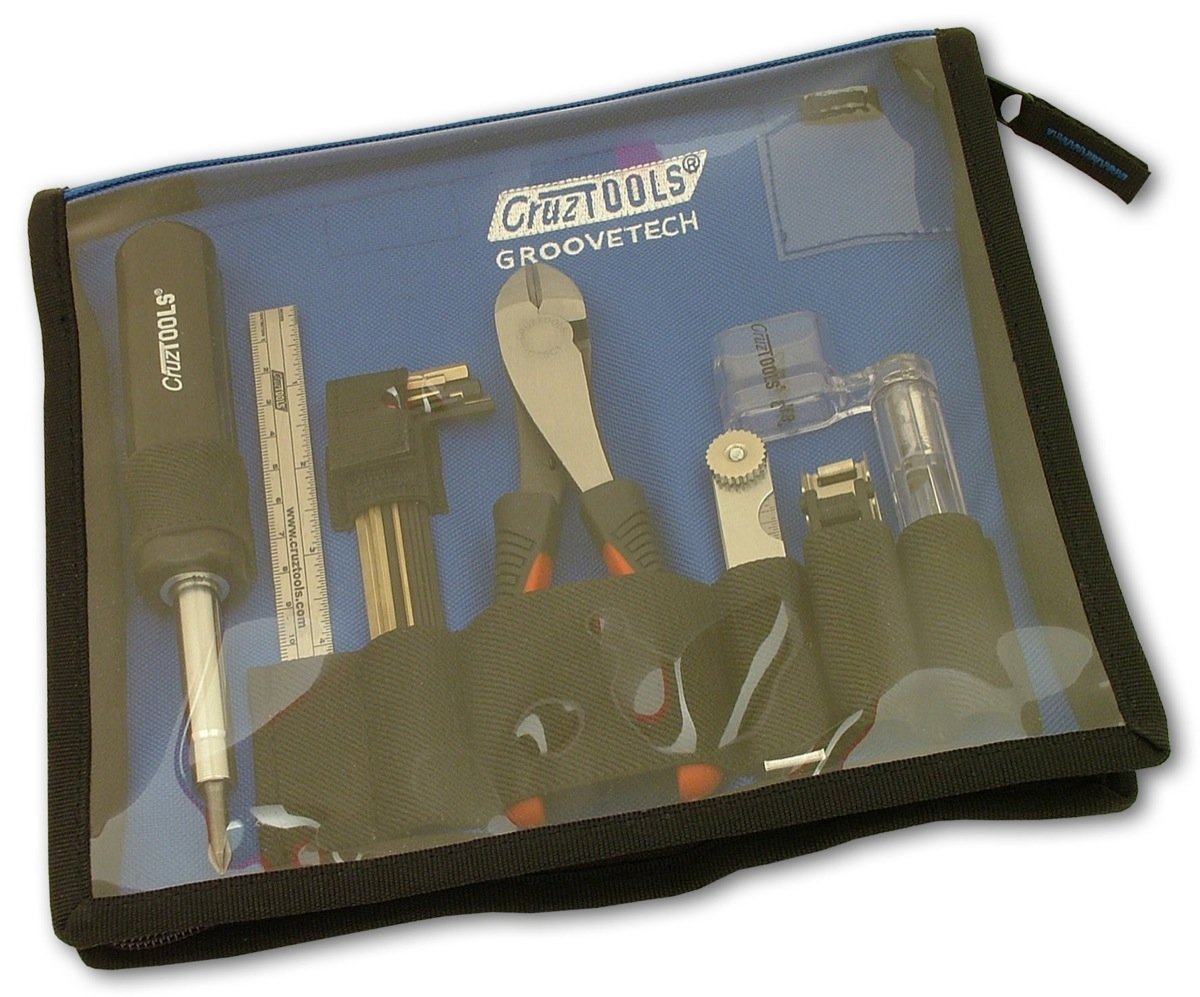Guitar forums are rife with posts about topics like how different woods resonate, what bridge setup gives you the most sustain and what nut material you should go with. Sure, all those factors can affect your tone, but if you break an electric guitar down to its simplest parts, what is really creating the sound is a set of metal strings vibrating over some magnets.
Adjusting your pickup height is a simple, but often overlooked step in getting the most from your guitar. If you find yourself saying that your guitar seems too quiet, lacks sustain or that there’s just something wrong with your pickups, a height adjustment could be in order. Dialing in your pickup height won’t turn those vintage-inspired, underwound PAFs into DiMarzio Super Distortions, but it can drastically improve your guitar’s performance and tone.
Adjusting pickup height: Tools for the job
- Amp
- Cable
- Capo
- Tuner
- Ruler
- Screwdriver (usually Phillips head)
Want tools for doing more guitar work? These nifty packs from Cruz Tools have everything you need to adjust pickup height and perform a variety of other guitar maintenance tasks.
*NOTE* As much as I wish it did, this guide won’t work for every guitar. There are almost as many different guitar designs as there are snowflakes and while you can adjust pickups on 90% of guitars with just a screwdriver or Allen wrench, I am sure someone reading this right now is holding in their hands a guitar that is an exception to that rule.
First, place your guitar on a flat surface (might I suggest a table?) with a towel or something underneath to protect it. Cradle the headstock if you can/need to. Now look down across the body of your guitar while holding down the last fret closest to the pickups (here is where the capo can help) and use the ruler to measure the distance from the top of the pickup to the bottom of the string.
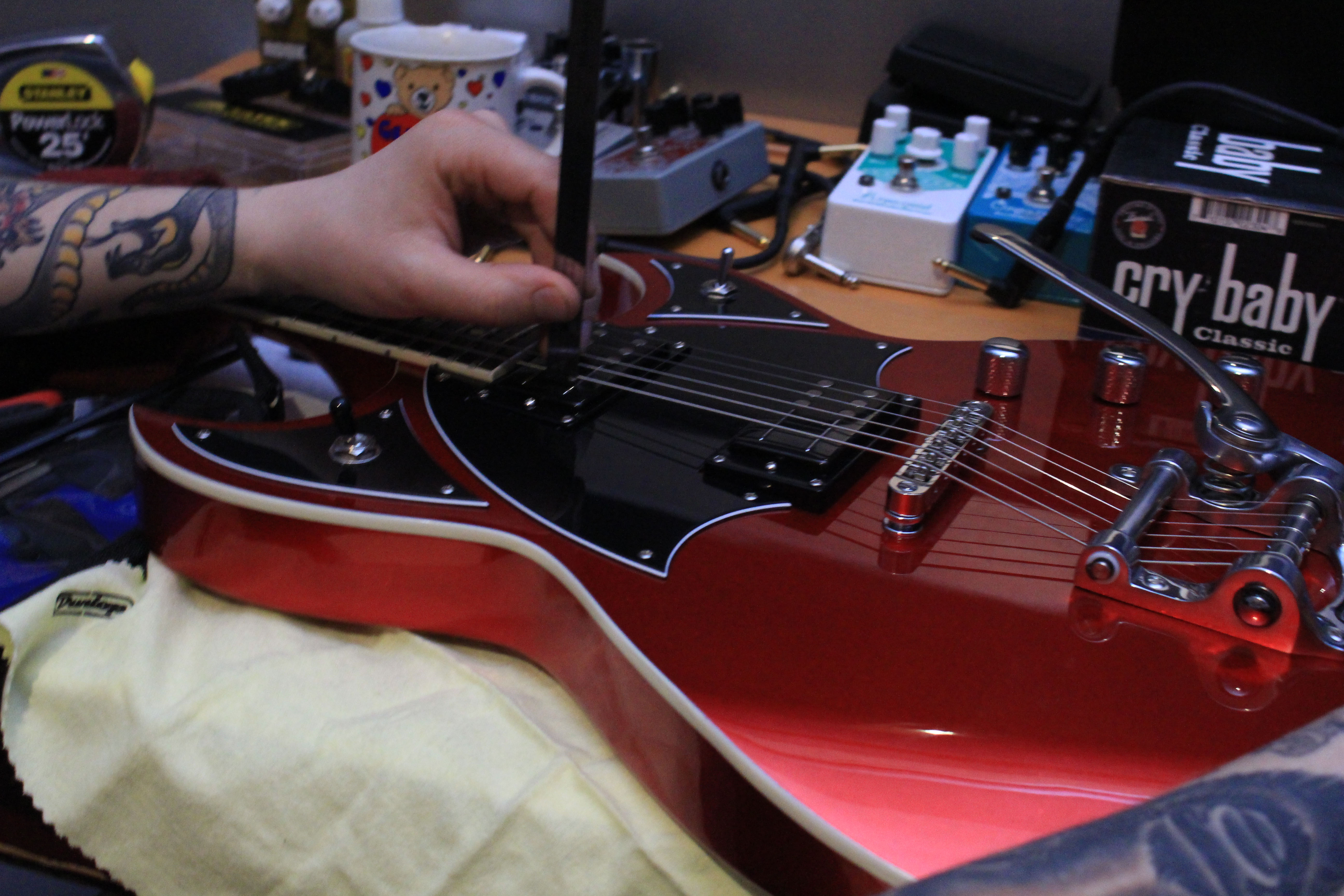
Setting the pickup height on a Reverend Reeves Gabrels Signature Spacehawk Guitar
For humbuckers, Gibson recommends a general overall distance of 1/16″ (1.6 mm) for the bridge and 3/32″ (2.4 mm) for the neck pickup. For single-coil pickups, Fender recommends 5/65″ (2mm) for the bass side and 4/64″ (1.6mm) for the treble side. These are great starting points to set your pickups. From there you can tweak things to your desired specifications.
The optimum pickup height depends on the player. Running your pickups closer to your strings will give your guitar more volume, capturing a punchy, percussive attack, but cutting out some sustain. Set your pickups lower and the inverse is true: you get a darker tone with less attack and a lower output volume. But even if you do want to “get the most” from your pickups and raise them up high, you have to be careful — setting your pickups too high can also cause unwanted fret buzz and even slightly compress your signal in some cases. There is a careful Yin and Yang balance.

Just think about it, man.
Another issue you may face is in regards to your intonation. Pickups that run too high can pull on the strings enough to get them out of tune. You will know this is happening what you hear a permanent “out of tune” sound mixed with “false” harmonics. This occurs commonly on single-coil pickups, which usually have fairly strong magnets. You can identify this by listening for a “warbling” tone when you play a note on the 12th fret.
Once you have your pickups set to the above start points, start incrementally raising or lowering the pickups while listening for all the above factors. A general rule of thumb for pretty much every pickup is that you want the bass side lower than your treble side. As the wound bass strings have a thicker core, they are going to have more mass.
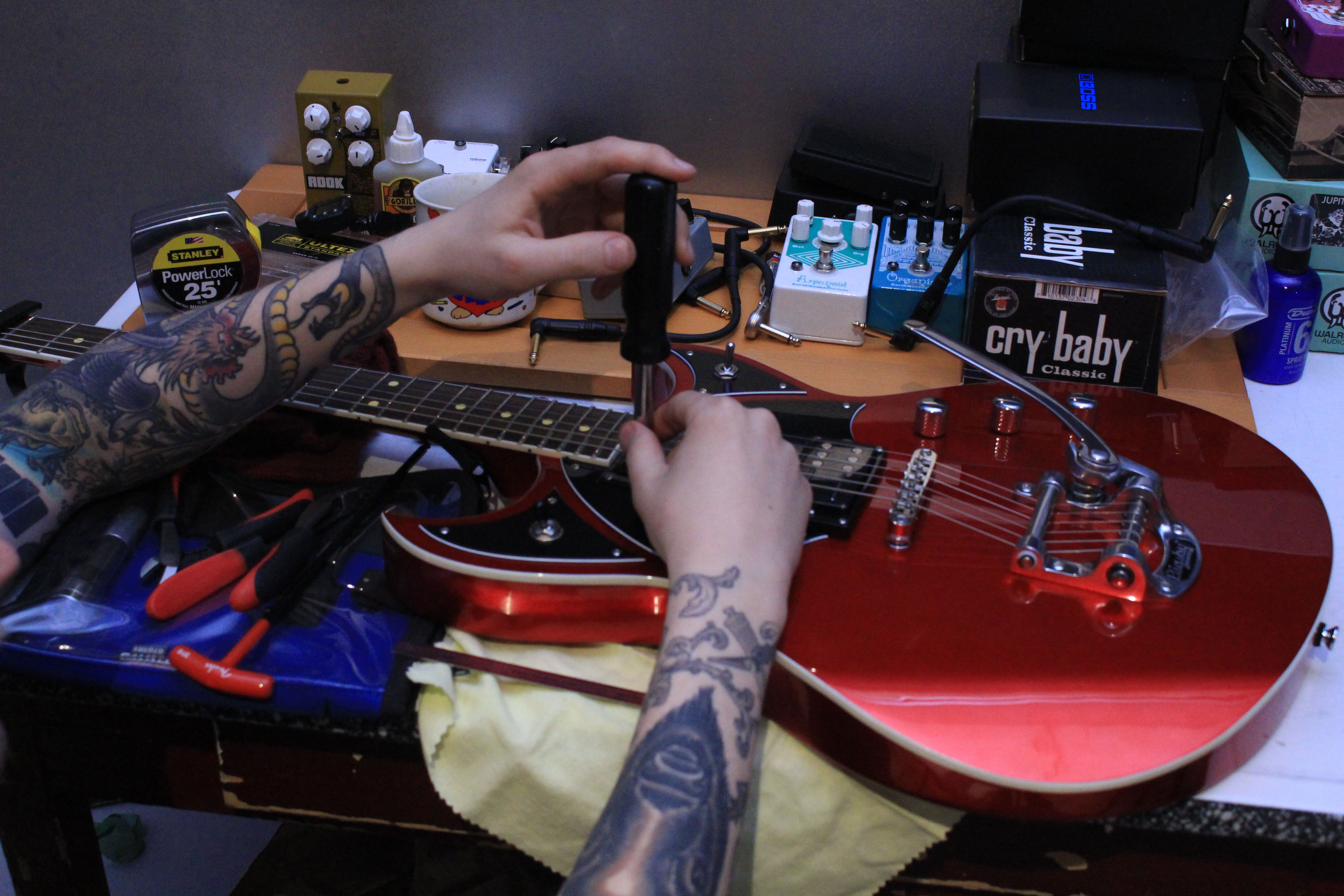
Check to make sure everything is still in tune and then play around on your guitar. Try it through a clean tone, then run your favorite distortion channel or pedal. Play some open chords, power chords, run a few scales up and down the neck. You want to make sure everything sounds right whether you’re in first position or way down near your last fret ripping a solo.
Does everything sound good to you? Then congratulations, you’re done. If it’s still off, tweak it some more and then play around. The golden rule here is if it sounds right to you, then it is right. These are your pickups on your guitar and they are producing your tone. Don’t succumb to society’s stilted norms on pickup height and just do whatever sounds best to you.

